What does a whitefly look like and how to get rid of it?

Among all garden pests, butterflies are always the most dangerous, because these insects are stable and make clutches several times per season, which means that the plants are constantly harmed. The most common butterfly in both greenhouses and outdoors is the whitefly. Everyone who is engaged in gardening should know about the features of the parasite.
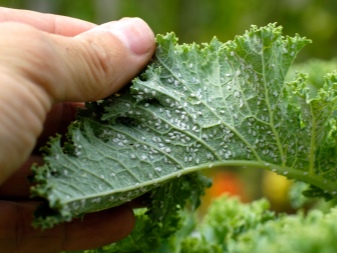
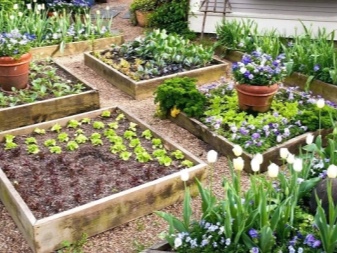
general description
The whitefly looks like a small midge. Her body color is light green, but her wings are white, hence the name of the pest. The whitefly is very small, but you can still see it with the naked eye. The average size of the female is 1-2 mm, the male is up to 3 mm. Whitefly feeds on sap of leaves and stems. But it is dangerous not only because of this. Insects actively carry viruses, bacteria and fungi on themselves, infecting healthy plants.
The reproduction process in such pests is very active. Insects lay clutches on the lower part of the leaf plates, securely fixing the eggs there. In just a couple of days, the offspring hatch. Whitefly larvae are gray in color. They instantly start looking for food. Having found it, the larva is fixed on the leaf and gradually eats it. After 2-3 weeks, the larva turns into an imago. An adult butterfly immediately makes a clutch.
The insect is also harmful in that it lays eggs every few days. Just one butterfly can lay about three hundred eggs.
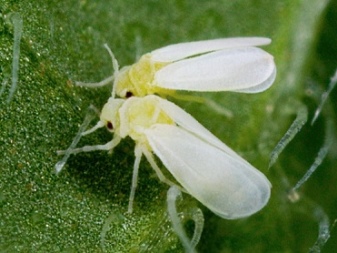
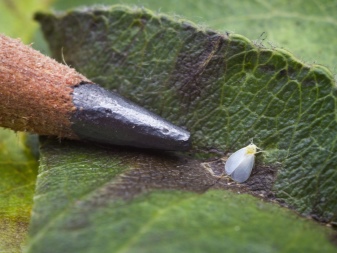
Reasons for the appearance
Initially, it is rather difficult to determine where the whitefly came from. There are several reasons for its appearance. For example, a butterfly can parasitize in a neighboring vegetable garden. From there, pests will easily get to your site, as the butterfly moves quite briskly... If she likes the conditions, the parasite will immediately begin the reproduction process. Butterflies love places where it is warm and humid, which is why they are so often found in greenhouses. There are pests in the open air, but there are much fewer of them.
Whiteflies fly even into houses. If there are no screens on the windows, then the butterfly will easily penetrate into an apartment or house from the street. Having found plants, she will lay a clutch on them. In addition, the larvae of insects are often brought by gardeners themselves, buying sprouts in unverified stores.
Another way a whitefly can get into an area is through contaminated soil. Pest eggs are excellent at resisting the cold, so they may well spend the winter in the ground. That is why any purchased land must be disinfected.
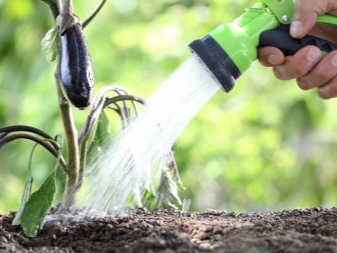
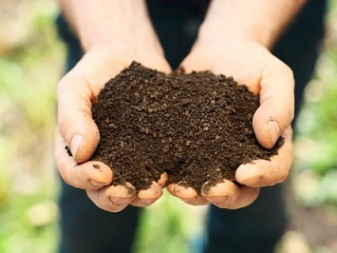
Signs of occurrence
It will not be difficult for an attentive gardener to find a whitefly. Here are some signs by which you can easily identify uninvited guests:
- if you touch the affected plant, then clouds of small midges will instantly fly into the air;
- the upper parts of the leaf plates are abundantly covered with a sticky bloom;
- turning the leaf over, you will find clutches, larvae, as well as adult insects, and all this in large quantities;
- a sooty fungus will begin to develop on the foliage, which is characterized by the appearance of light and then dark areas on the plate.
If you do not take action, the plant will greatly weaken. There may be yellowing and curling of the foliage, its premature fall. The culture will not be able to cope with the pest on its own, it will slow down its growth and eventually die.
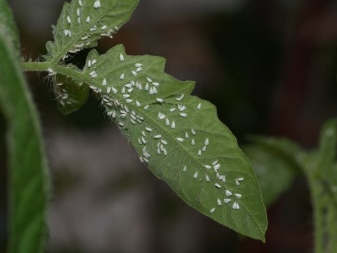

What plants are affected?
Whitefly is very picky about food. Therefore, it can amaze a variety of cultures.
- Vegetables. Pest butterflies most often parasitize greenhouse vegetables. They are ubiquitous on cucumbers, tomatoes, and peppers. In the open field, the insect eats carrots, zucchini, eggplants. The parasite also does not disdain young seedlings recently planted in the ground.
- Shrubs. Large clusters of whiteflies can be found on the leaves of raspberries, black, red and white currants, gooseberries and other berry bushes.
- Fruit trees. The butterfly also lives on fruit crops. For example, she is very fond of apple, pear, cherry and sweet cherry. The parasite flies to plums, apricots, and peaches. In addition to fruit trees, butterflies can also choose grapes.
- Garden flowers. Whiteflies can also pest garden plants. They make clutches on roses, peonies, irises, garden chamomile.
- Houseplants. Once in the house, butterflies harm even indoor crops. They settle on all types of indoor flowers. They are especially fond of petunia, begonia, fuchsia.
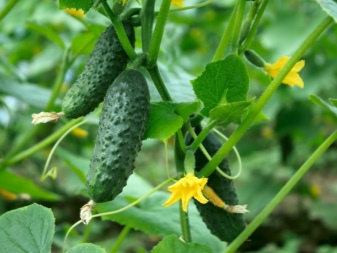

Using traps and fumigators
It is necessary to start fighting whitefly quickly, since the pest is able to multiply in the shortest possible time. The first option can be a variety of traps, which you can both buy in the store and do it yourself at home. Let's look at some interesting ways.
- Traps. The simplest glue traps are easy to make yourself. It is necessary to take cardboard, always of a bright color, and cut it into several even strips. The resulting specimens are smeared with glue that does not dry (entomological). The stripes are hung in places where whiteflies accumulate, and to enhance the effect, they can be highlighted with something. Soon, adult butterflies will begin to flock to the impromptu trap. In addition to making homemade traps, you can also buy sticky tapes used to catch flies.
- Fumigators. Such funds are suitable only for closed places, in the open air they are useless, since they have a limited radius of action. Fumigators are devices that can operate on batteries or on current. A special plate or liquid with an insecticide is hidden inside the structure. The smell is deadly for mosquitoes, flies, and all kinds of midges. But he is quite capable of scaring off the whitefly, expelling it from the room. When using a fumigator, safety precautions must be followed. The sockets must be in good working order, and the device itself must not touch curtains or other fabrics. It is best to leave the room for the duration of the exposure, as sometimes the smell can cause headaches, especially if the windows in the house are closed.
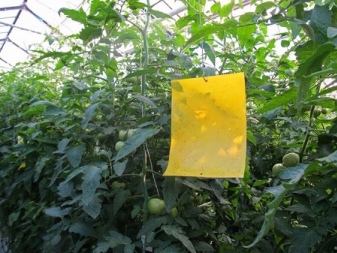

Preparations for the fight
Effective chemicals will help you get rid of whiteflies in the garden and in the greenhouse forever. We offer an overview of the best means for pest control.
- Biotlin. It is one of the best insecticides to help fight small pests. The composition leads to the death of not only adult insects, but also their larvae. If trees and shrubs are treated, then 3 ml of the product is dissolved in a bucket of water. For processing vegetables, you need to increase the dose to 5 ml.
- Fitoverm. A good biological product that affects the intestines of an insect. Any plants can be processed with it. So, for indoor cultures, 2 ml of the drug is dissolved in 0.5 l of water. Moisten a cloth in the finished composition and wipe the leaf plates of plants, as well as their stem, with it. For irrigation of vegetables, 0.5 ml of the product dissolved in a liter of water is enough. Trees are sprayed from a spray bottle, and 1 ml of poison is taken per liter of liquid.
- Apploud. Such an insecticide will allow you to remove greenhouse whiteflies, as well as those insects that breed on fruit trees. You will need 10 grams of the composition per bucket. When handling, wear a respirator, gloves and goggles.
- "Alatar". Allows you to destroy not only the whitefly, but also other pests, if any.You need to dilute the product in 4 liters of water, while taking 5 mg. If trees are to be treated, then the same amount of the drug is diluted already in 10 liters. The Alatara solution should not be used in rainy or windy weather.
- "Fufanon". Another drug effective against butterflies, the form of release is ampoules. To spray vegetables in 5 liters, it is enough to dilute 5 milliliters of the product, and if flowers are processed, then 1 ml is dissolved in a liter of water. Irrigation is carried out from a sprayer.
- Aktara. An excellent insecticide that can protect plants for a long time. You need to take three liters of water and dilute 1.4 grams of the product in them. Treatments are carried out by watering the plant.
- Tepeki. This product has been specially formulated to combat whiteflies and aphids. For 6 liters of liquid, only one gram of the drug is taken. And one liter is enough for 10 square meters of beds. In this case, the insecticide begins to act within half an hour after treatment.
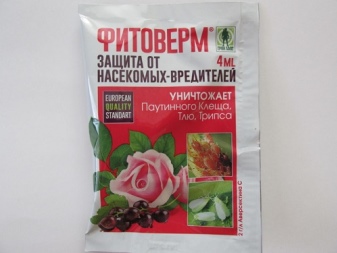
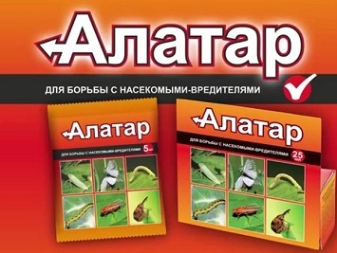
In addition, you can buy the following equally effective means:
- "Karbofos";
- "Spark";
- Actellik;
- "Confidor";
- Inta-Vir;
- "Admiral".
It is worth remembering that most chemicals are hazardous to health. Therefore, processing should only be carried out in protective clothing. In an apartment, it is better not to use chemistry at all, or choose the least toxic compounds.
Spraying should not be carried out in windy conditions. Otherwise, the drug will get to other crops, and they may be severely affected by this. It also makes no sense to process in the rain, since the drug will be quickly washed off with water.
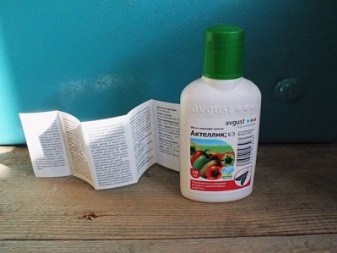
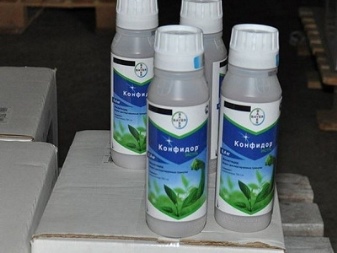
Overview of folk remedies
Over the years of fighting the whitefly, gardeners have developed many effective ways to defeat it in the greenhouse and outdoors. Folk remedies can be used both in winter and in summer, but the result can be obtained only if the insects have not yet multiplied too much.
- Tobacco. This folk remedy affects only adult butterflies, it is powerless against the larvae. Therefore, it is used exclusively at the beginning of the summer of parasites. You can use dried tobacco leaves, but it is even better to use tobacco from the strongest cigarettes you can find. A pack of water will be consumed per liter of water. The tobacco is poured with a heated liquid, at about 60-70 degrees, covered with a lid and placed in a dark place for a week. Then the composition is filtered. It is necessary to fight the whitefly by spraying.
- Ash. Butterflies are afraid of ash, and wood ash is a good fertilizer. You need to take a 10-liter bucket of water, add two full glasses of the product there, mix thoroughly. Then the container is covered and left for 4 hours. Then the composition is filtered and used for irrigation of crops. And also dry ash is scattered directly on the ground. In this way, it is also possible to get rid of the pest larvae.
- Soap. You can also poison whitefly with soap. The most correct option is tar. A piece of such soap is crushed on a grater, and then supplemented with 6 liters of slightly warmed water. Wait until the product is completely dissolved, then use. To do this, you can take a spray. And also with a soap product, you can simply wipe the leaves of plants. Quite an interesting remedy for the destruction of whitefly is "Green Soap". It is a liquid formulation with a light shampoo or soap scent. The liquid is absolutely harmless to humans and animals. You can apply the green product to the leaves and stems of crops, this will help protect the plants from butterflies. Often, "Green Soap" is added to fungicidal mixtures. Thanks to this, the efficiency of the latter is greatly increased.
- Garlic. This culture has a very strong and pronounced aroma. Not only whiteflies are afraid of him, but also many other types of pests. It is necessary to take several slices (3-4 large) and chop them finely. Then pour 1000 ml of warm water. The composition should be insisted for 24 hours. It is then filtered and used to treat plants.
- Herbal infusions. Certain herbs can be of immense help in fighting the pest, too. The whitefly is most severely affected by dandelions. You need to take 100 g of grass, cut it, pour in a liter of water. Then cover with a lid and take away for three days in a cool and dark place. When the allotted time for infusion has passed, the composition is filtered. The resulting infusion must be sprayed on the plants. Besides dandelion, you can also use yarrow. Prepare the infusion in the same way.
- Ammonia. Ammonia is used only in open areas. For 9 liters of water, you need a tablespoon of the product. It is necessary to spray immediately after preparation, since the ammonia fumes quickly disappear. Diluting the same alcohol is required in a respirator.
- Turpentine. Such a product has a pronounced aroma, and therefore will quickly scare off the whitefly. The dose of the drug depends on the situation. So, if there are a lot of insects, and the leaves of the culture are strong, then they take one and a half liters of the product. For thin-leaved plants, one liter is enough, and for preventive measures - half as much. Next, the substance is diluted in a bucket of water, and then supplemented with a 25% ammonia solution (one and a half tablespoons).
Treatment is carried out by spraying or spilling soil.


Other solutions
There are several other methods that can be used to kill whiteflies.
- Landing ageratum. Ageratum is a beautiful but insect toxic plant. Butterflies flock to it, place eggs on the leaves. However, the substances in the tissues of the flower make the insects sterile.
- Pupae of encarsia. Such insects are fatal to whiteflies. They make clutches directly into the larvae of the pest, and they, of course, die from this. But it is worth placing pupae 14 days before the start of sowing.
- Fumigation. This method is used only for greenhouses and even before planting. A smoke bomb is placed in the room, and then the doors and vents are tightly closed. In a few hours, all living things in this greenhouse will die out.
- Cold. If the whitefly parasitizes in the apartment in winter, then it can be destroyed by the cold. To do this, you need to lower the room temperature to 12 degrees and below. Adult butterflies die in the cold.
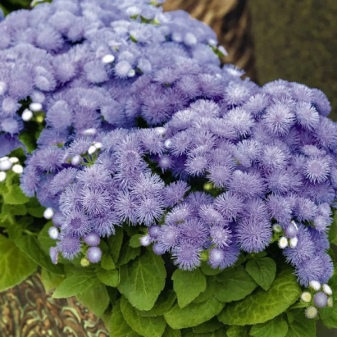
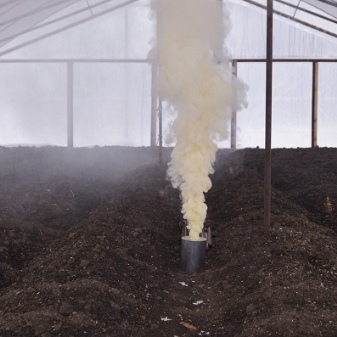
Prevention measures
The appearance of whiteflies in the garden and in the greenhouse should not be allowed. The following preventive measures will help prevent butterfly wrecking.
- Plant your plants so that there is enough room for all of them. If the plantings are densely located, they begin to suffer from excessive moisture and stuffiness. And this is what the whitefly loves.
- Take good care of your plants. Water them correctly, feed them to enhance immunity. It is imperative to get rid of weeds growing near cultivated plants.
- After harvesting, do not be lazy to dig up the site... This will help kill the larvae preparing for wintering. Cleaning up plant residues is another necessary step.
- If there is a compost pile in the area, it should not be placed near the plants. Indeed, pests are very fond of settling in rotting remains.
- Check every seedling you buy. The same applies to flower bouquets, donated or purchased. They can also contain pests.
- The soil that is taken for seedlings from the site must always be disinfected. This can be done by freezing, calcining, or spilling with a manganese solution.
- When it comes to indoor flowers, then in the room where they grow, mosquito nets must be installed. In addition, such a room must be frequently ventilated.
Another point is the inadmissibility of excessive moisture. Water the plants so that the water does not stand for days in the bottom of the pan.
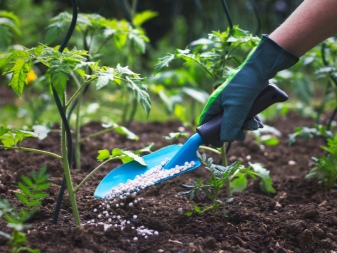
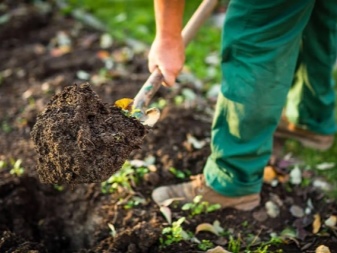










The comment was sent successfully.